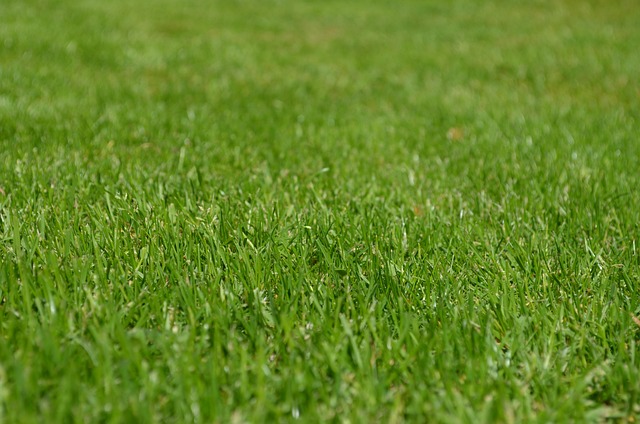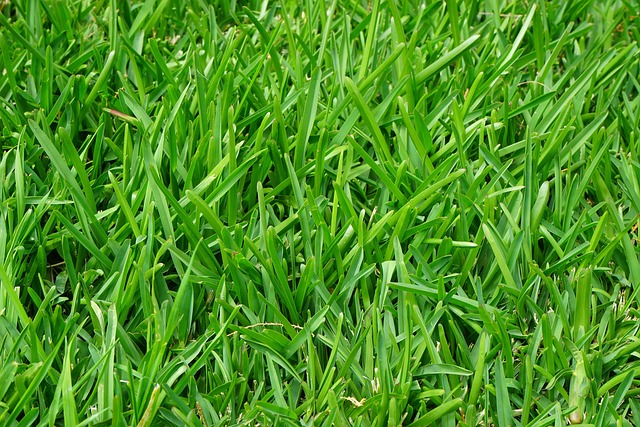Vegetation management for utility easements in Castle Pines relies on local regulations and strategic irrigation practices. This includes scheduling waterings for optimal times, using suitable watering techniques like drip irrigation, understanding plant needs, assessing soil moisture, leveraging smart technologies, and optimizing watering schedules to encourage healthy growth while conserving water.
In the vibrant, bustling landscape of Castle Pines, efficient watering practices are essential for effective vegetation management within utility easements. This article delves into a strategic approach to optimizing lawn plant watering schedules, ensuring healthy growth while respecting local utility infrastructure. By understanding the unique needs of Castle Pines’ ecosystem and implementing time-tested irrigation techniques, homeowners can maintain lush landscapes without unnecessary water wastage. Discover how these practices contribute to sustainable vegetation management in this lush community.
- Understanding Castle Pines' Utility Easements
- Optimizing Watering for Vegetation Management
- Implementing Efficient Irrigation Practices
Understanding Castle Pines' Utility Easements

In the context of vegetation management for utility easements in Castle Pines, understanding and adhering to local regulations is paramount. These regulations often dictate specific practices for maintaining areas around power lines, gas pipelines, and other critical infrastructure, collectively known as utility easements. Proper watering schedules are a crucial aspect of this management, aiming to foster healthy grass and vegetation while avoiding waste and potential service disruptions.
Castle Pines’ utility easements require strategic irrigation planning to balance the needs of both the community’s landscapes and the underlying utilities. This involves scheduling waterings during optimal times—typically early mornings or late evenings—to minimize evaporation and maximize absorption. Additionally, understanding soil types and applying appropriate watering techniques, like drip irrigation or targeted sprinklers, ensures efficient use of water resources while promoting robust and sustainable vegetation growth.
Optimizing Watering for Vegetation Management

In the context of vegetation management for utility easements in Castle Pines, optimizing lawn plant watering schedules is a strategic approach to ensuring healthy and sustainable growth while minimizing water wastage. By understanding the specific needs of various plants and adjusting watering routines accordingly, property managers can create an efficient irrigation system tailored to this unique landscape.
Regular assessments of soil moisture levels and weather patterns are key to achieving optimal watering practices. This involves monitoring evaporation rates, particularly during hotter months, and adjusting the frequency and duration of irrigation to meet the changing demands of the plants. Implementing smart watering technologies can further enhance efficiency by delivering precise amounts of water directly to the roots, fostering robust vegetation management for utility easements in Castle Pines.
Implementing Efficient Irrigation Practices

In the context of vegetation management for utility easements in Castle Pines, implementing efficient irrigation practices is a game-changer. By optimizing watering schedules, homeowners and property managers can ensure their lawns receive adequate hydration while minimizing water waste. This involves understanding the specific needs of different grass types and incorporating smart technologies like weather-based irrigation controllers. These devices adjust watering based on real-time weather data, preventing overwatering during cool or wet periods.
Moreover, strategic watering times are crucial. Early morning hours are generally ideal as cooler temperatures reduce evaporation rates. Regular, deep watering sessions are more beneficial than frequent shallow ones. This encourages deeper root growth, making lawns more resilient to drought conditions. Additionally, targeted watering using drip systems or soaker hoses can focus water directly on plant roots, minimizing waste and promoting healthy vegetation management for utility easements in Castle Pines.
By optimizing lawn plant watering schedules and adopting efficient irrigation practices, residents in Castle Pines can effectively manage vegetation along utility easements. This balanced approach ensures healthy landscapes while respecting local regulations, ultimately contributing to a more sustainable and aesthetically pleasing community environment. Implementing these strategies for vegetation management in Castle Pines easements can lead to water conservation and enhanced green spaces.
